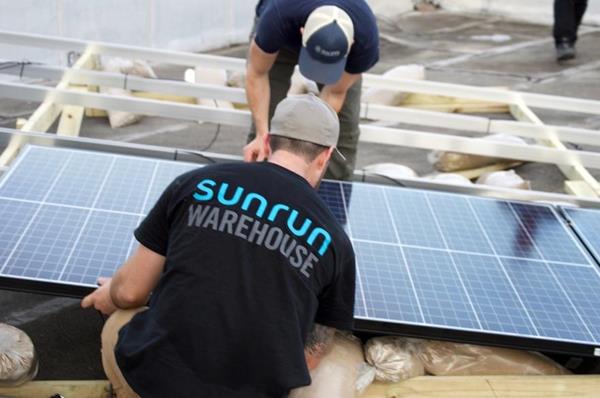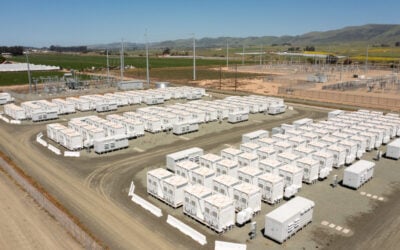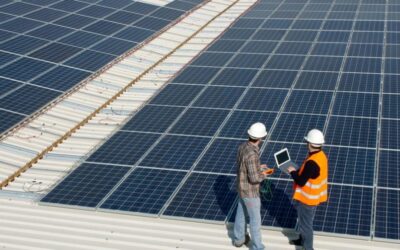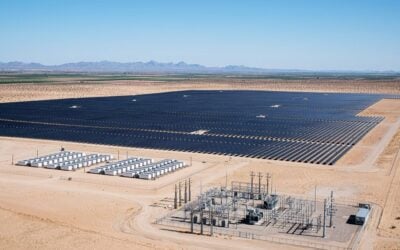
US residential solar company Sunrun has published the results of its Peak Power Rewards system, which saw residential solar systems deployed amongst its customers provide an average of 27MW of power to the California electric grid for 90 consecutive days.
The programme, conducted in collaboration with the Pacific Gas and Electricity Company (PG&E), involved 8,500 Sunrun customers discharging electricity from their residential solar systems to PG&E’s grid between August and October. In return, customers received US$750, a Nest thermostat and Net Energy Metering (NEM) credits towards their next bill with the utility, while their battery systems stored 20% of their power discharged, for use in emergencies.
Enjoy 12 months of exclusive analysis
- Regular insight and analysis of the industry’s biggest developments
- In-depth interviews with the industry’s leading figures
- Annual digital subscription to the PV Tech Power journal
- Discounts on Solar Media’s portfolio of events, in-person and virtual
Critically, Sunrun customers provided electricity to the PG&E grid between 7pm and 9pm in the evening, when California’s electricity demand is highest.
“The Peak Power Rewards program achieved a customer participation rate and power supply volume that’s never been accomplished before,” said Sunrun CEO Mary Powell. “PG&E was able to confidently rely on the renewing daily resource of Sunrun’s fleet of home solar and storage systems.”
The news could also encourage interest in the California residential solar sector, which has struggled for over a year now, following the passing of NEM 3.0 in December 2022. The law aimed to encourage greater adoption of battery storage technology, by increasing the difference between the price of peak and off-peak power for residential customers who sell their power back to the grid.
However, in effect, this has significantly weakened the business case for residential solar in the state, with the California Solar & Storage Association (CALSSA) reporting “depression-level layoffs” among solar developers which are struggling to turn a profit, with around 22% of all solar jobs in California at risk.
To read the full version of this story visit PV Tech.
Energy-Storage.news’ publisher Solar Media will host the 6th Energy Storage Summit USA, 19-20 March 2024 in Austin, Texas. Featuring a packed programme of panels, presentations and fireside chats from industry leaders focusing on accelerating the market for energy storage across the country. For more information, go to the website.






